
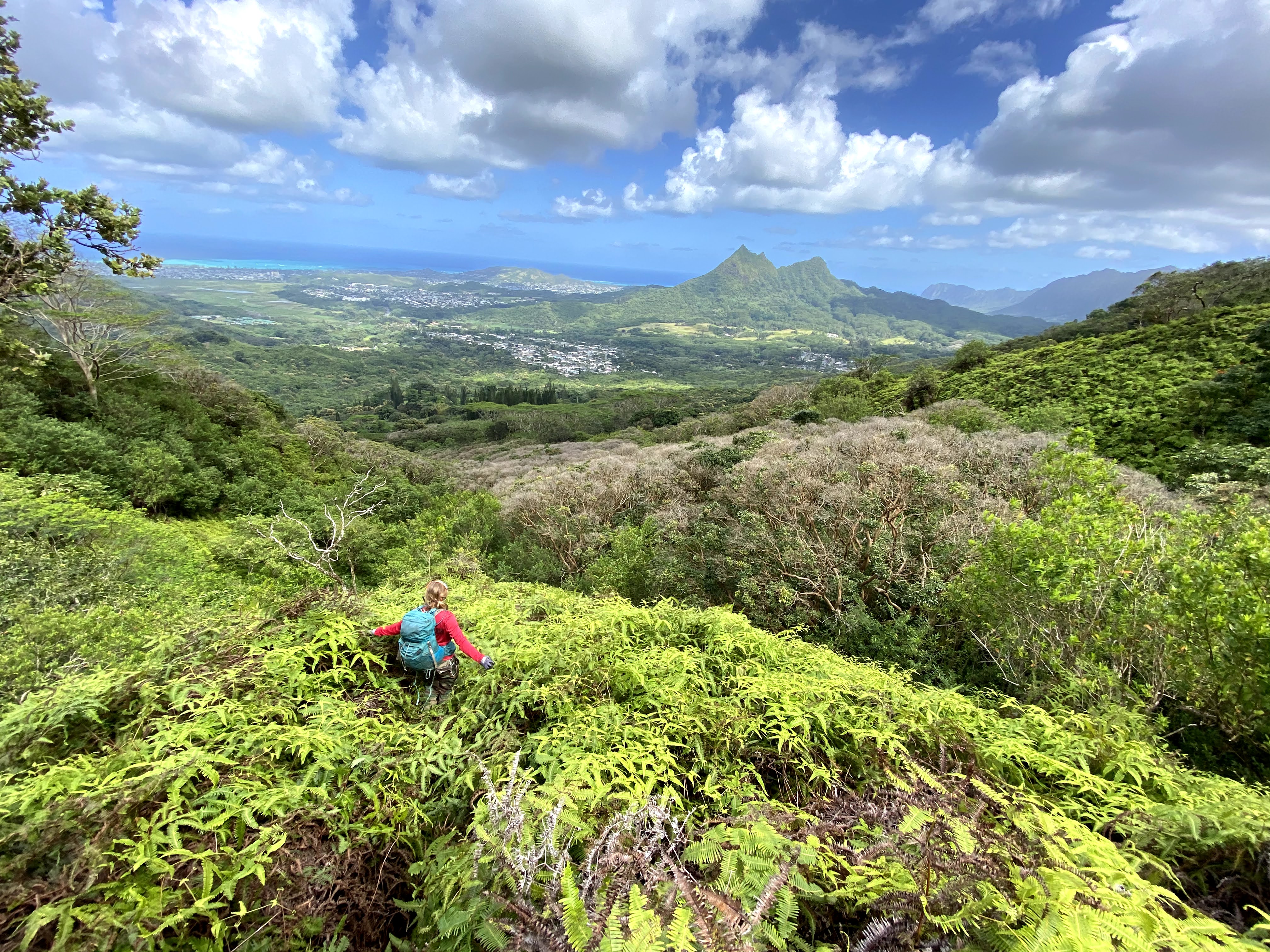
I started collecting data while traversing mountaintops and snorkeling inside aquaculture nets. Today my passion lies in gleaning meaningful observations from ecological and environmental datasets. I didn’t make this journey alone; I found mentors in field crew leaders and scientists along the way.
Mammalian Spatial Ecology
I served as a research technician in the McCauley lab at UC Santa Barbara under Dr. Molly Hardesty-Moore investigating mesocarnivore spatial ecology in urban landscapes. I assisted Molly with trapping raccoons and fitting them with radio collars, then tracking them using telemetry techniques over several years. This spatial data was used in conjunction with hair samples from raccoons, foxes, skunks, and opossums to compare behavior and dietary trends in mammals that live in urban versus rural habitats. We watched them peruse the landscape via camera traps.
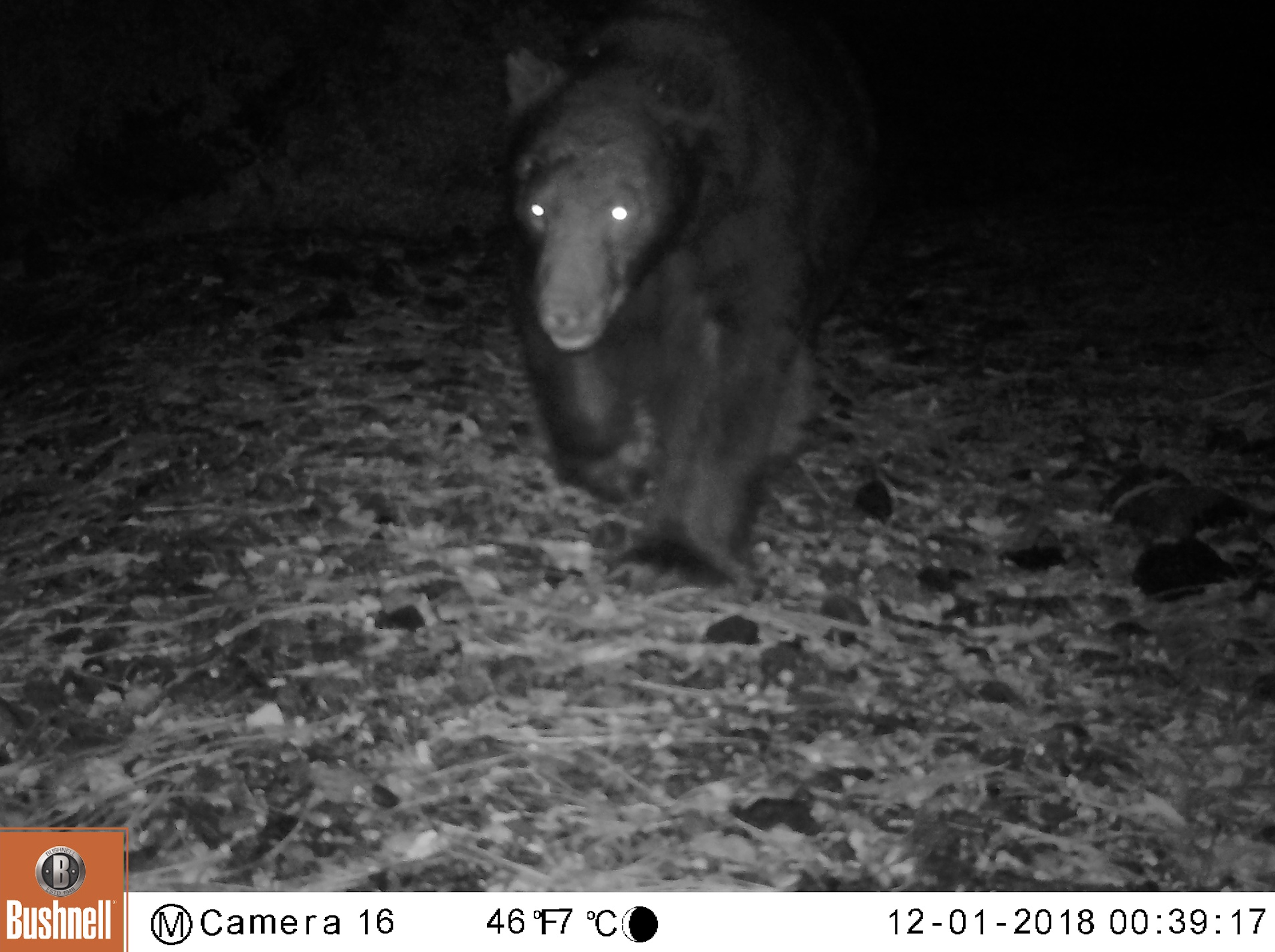


Mariculture
I led a project looking at water filtration rates among different bivalve species in a small off-shore Costa Rican mariculture system. I dove in the mariculture nets each day to collect new bivalves, algae, and bryozoans, run the filtration trials, then return the bivalves to their mariculture nets. This project aimed to provide guidance for site management regarding the best bivalve species to pair the fish communities.

I spent some of my free time walking through the forest to find wildlife:

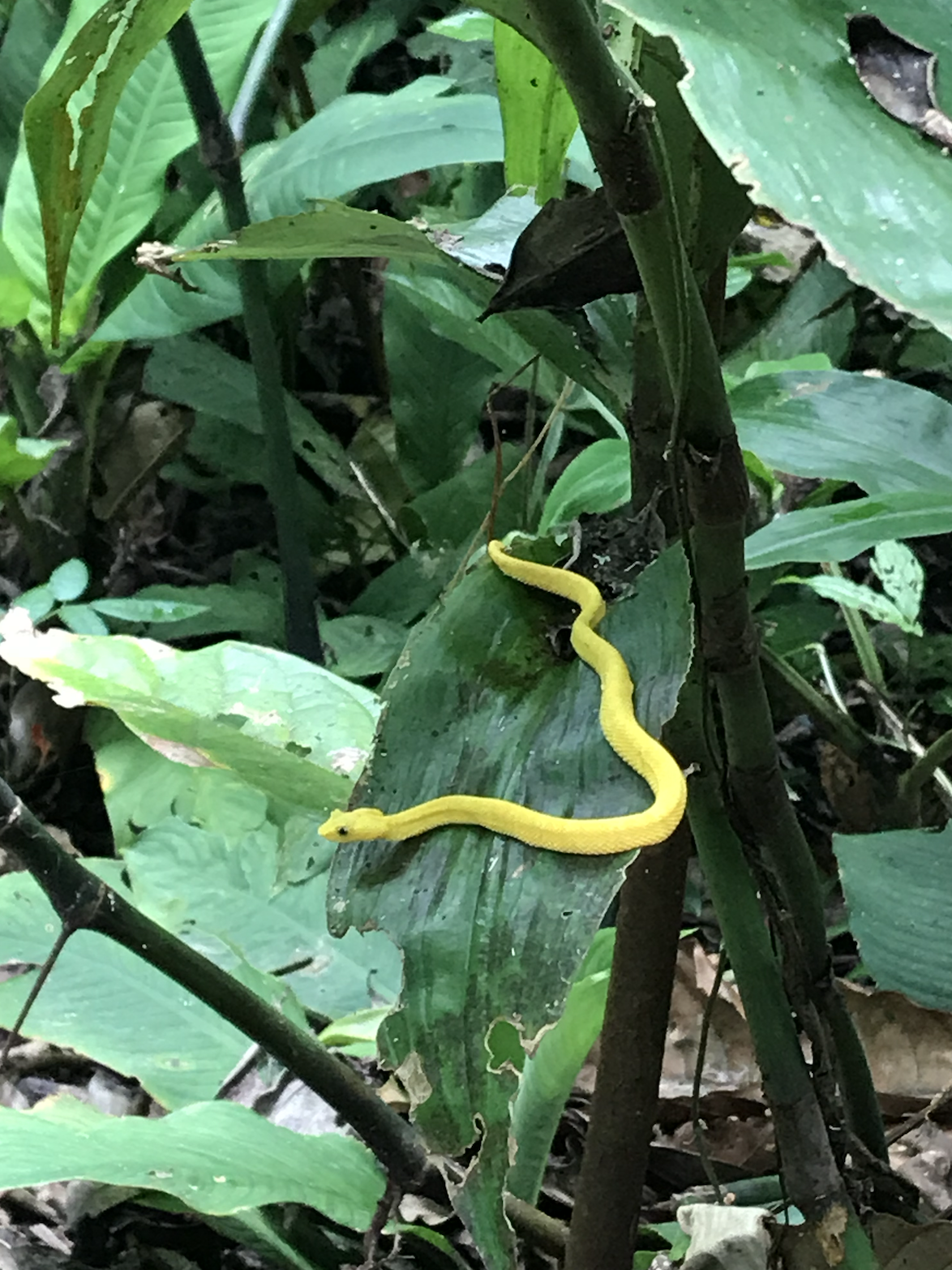
The Lizard Days
I served as part of a field crew with the San Diego Natural History Museum to survey for flat tailed-horned lizards in the desert habitat in Southern California. This summer field work documented that there was sufficient abundance of this threatened species in this desert region, aiding in protecting the habitat from geothermal mining infrastructure. We got several trucks stuck in the sand and met many lizard, bird, and snake species along the way!

We encoutnered armored lizards, sidewinders, nighthawk nests, mammal skulls, blue death feigning beetles, kangaroo rat tracks, and badger tunnels.
Hawaii
As a field technician and data specialist at the Oahu Invasive Species Committee, I surveyed for incipient invasive plant and insect species in the lush forests of the Ko’olau mountains on the east side of the island of Oahu, and in the Wai’anae Mountains in the west. I quickly fell in love with the extreme ridgelines despite the rainstorms and bushwhacking through impossible tangles of trees.

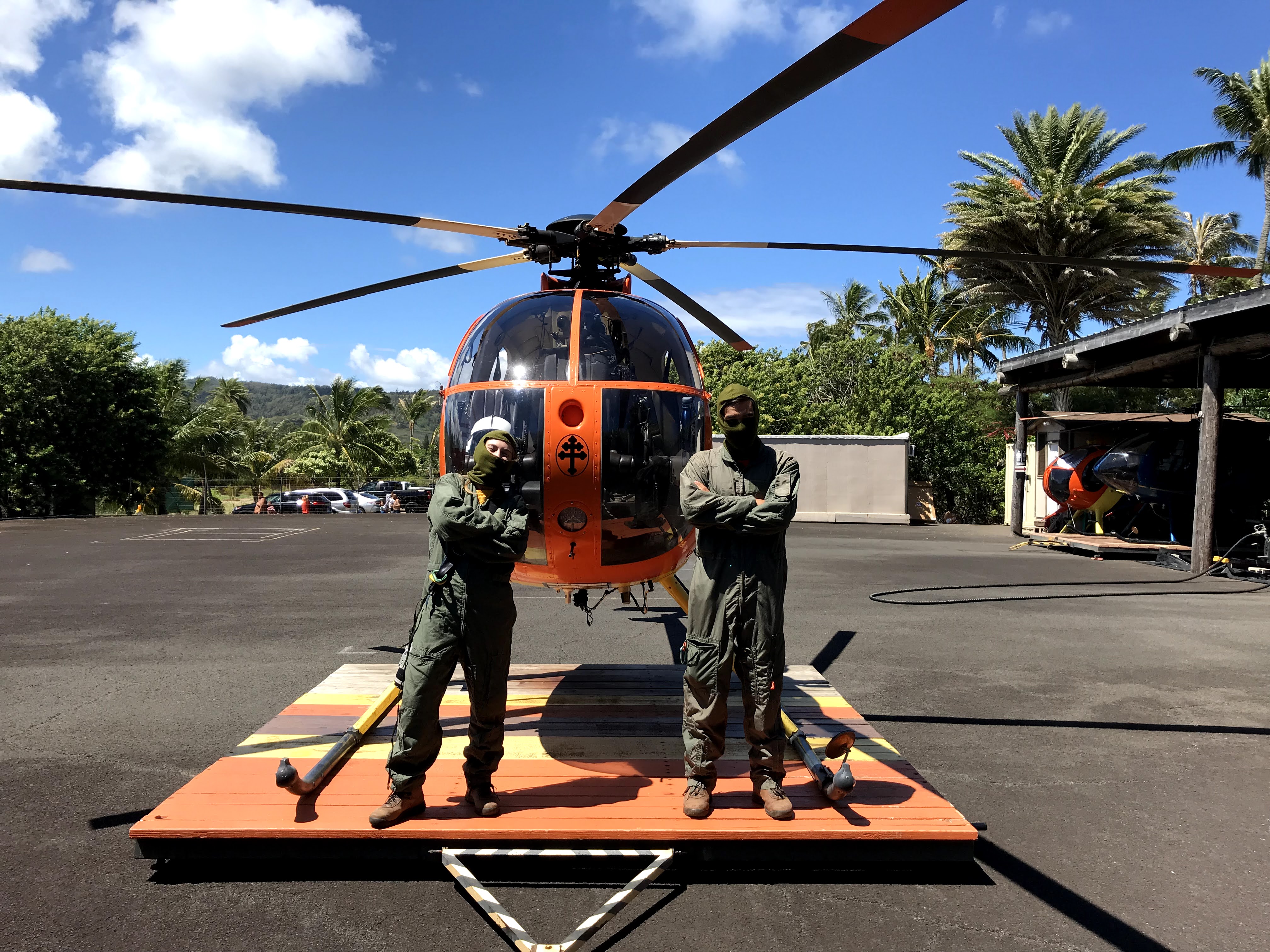
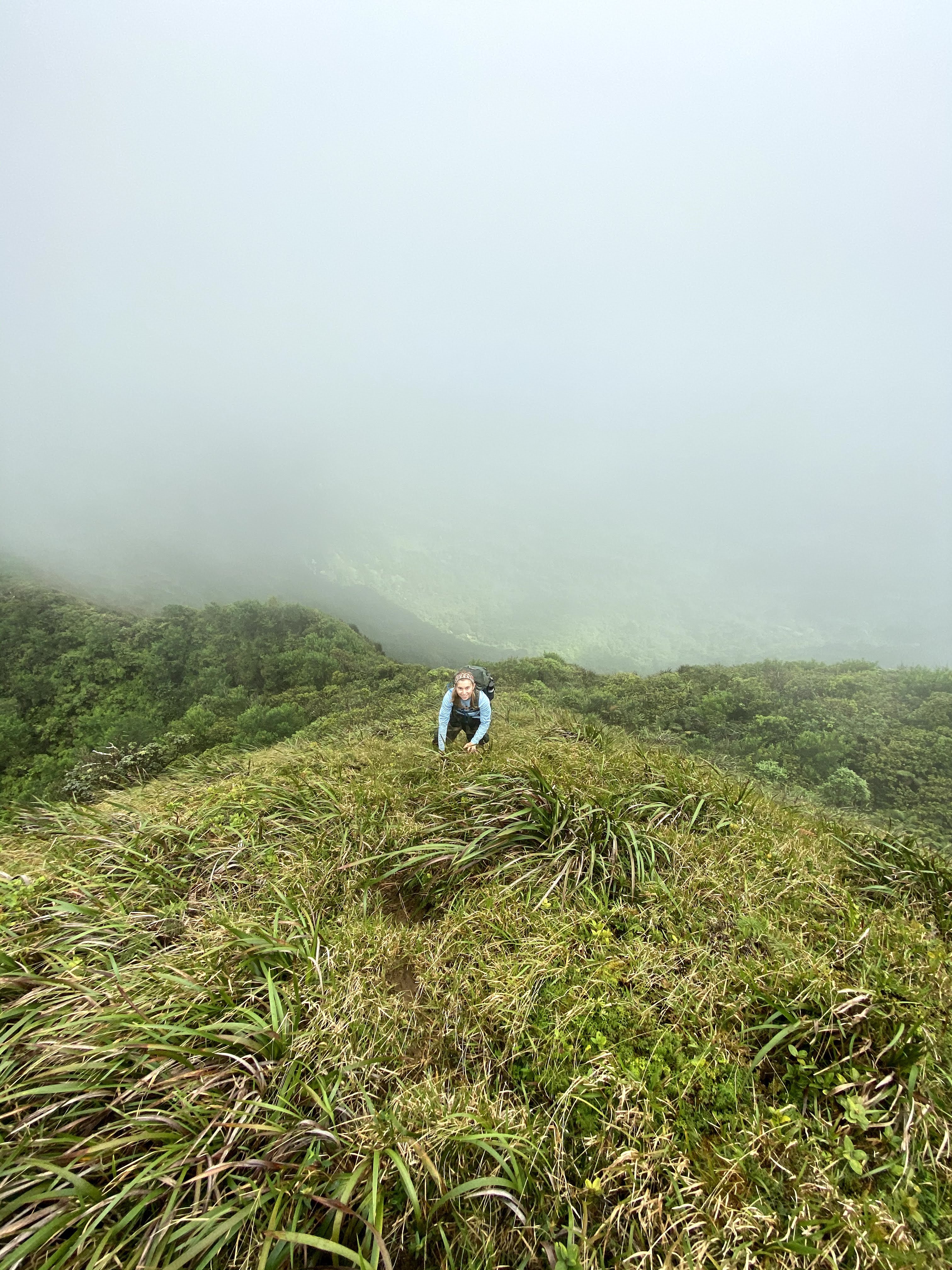
Left: An aerial survey for Miconia calvescens in the Ko’olau Mountains with my coworker Nick at the Oahu Invasive Species Committee.
Right: Ascending a side of a mountian ridge in high-elevation native forest in the Ko’olau Mountains, surveying for native o’hia trees infected with an invasive fungal pathogen called Rapid O’hia Death.
My coworkers were at the root of my fondness towards my experience working at the Oahu Invasive Species Committee. My field crew taught me about the native flora and fauna, the history of the island’s people and geology, and how Hawaiian’s natural ecosystem is rapidly changing. We endured endless days bushwhacking and being eaten alive by mosquitos. We bonded by helping untangle each other from invasive plants and struggling to get our handheld devices to cooperate in the rain. I miss the crew more than any other part of my time in Hawaii.
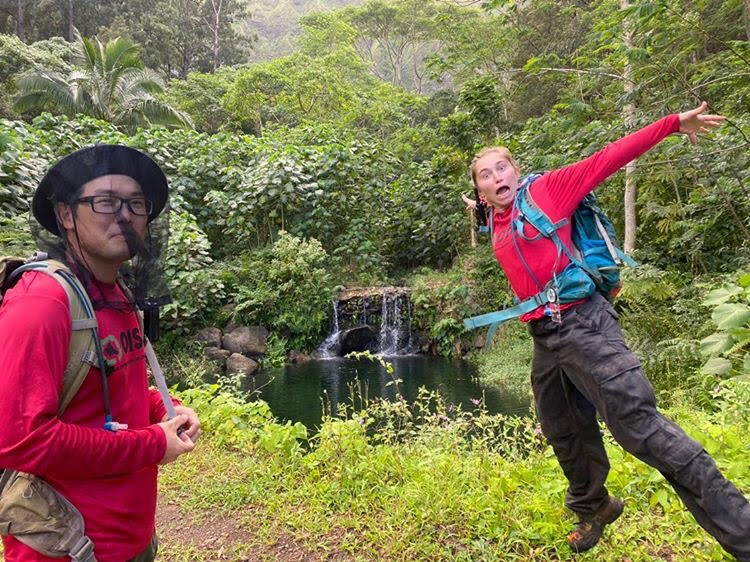
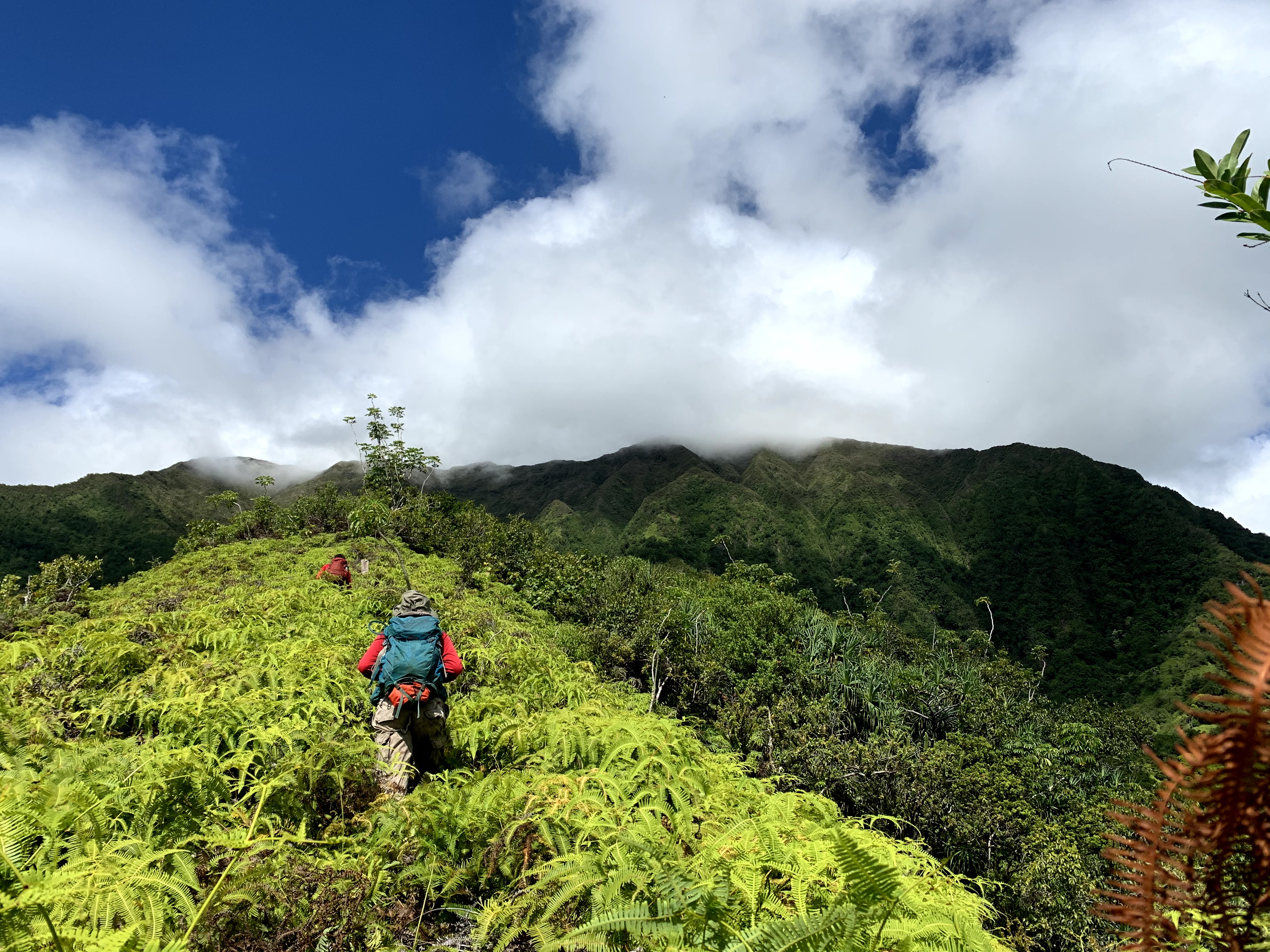

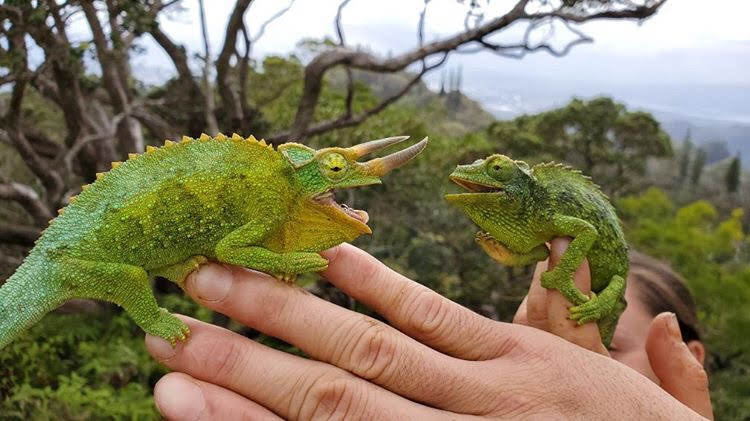
Southern California Steelhead Trout
I served as a fisheries technician for the Pacific States Marine Fisheries Commission to survey for the endangered Southern California steelhead trout and their resident counterparts, the rainbow trout. We collected data on their size, mating behavior, and stream conditions. We conducted redd surveys, collecting data on trout nests in the gravel bottoms of shallow streams. We electric-fished certain streams to get a comprehensive estimate of their population size and PIT tag big fish to track their upstream migration during breeding season in December - April, and their return to the Pacific Ocean around April-May.
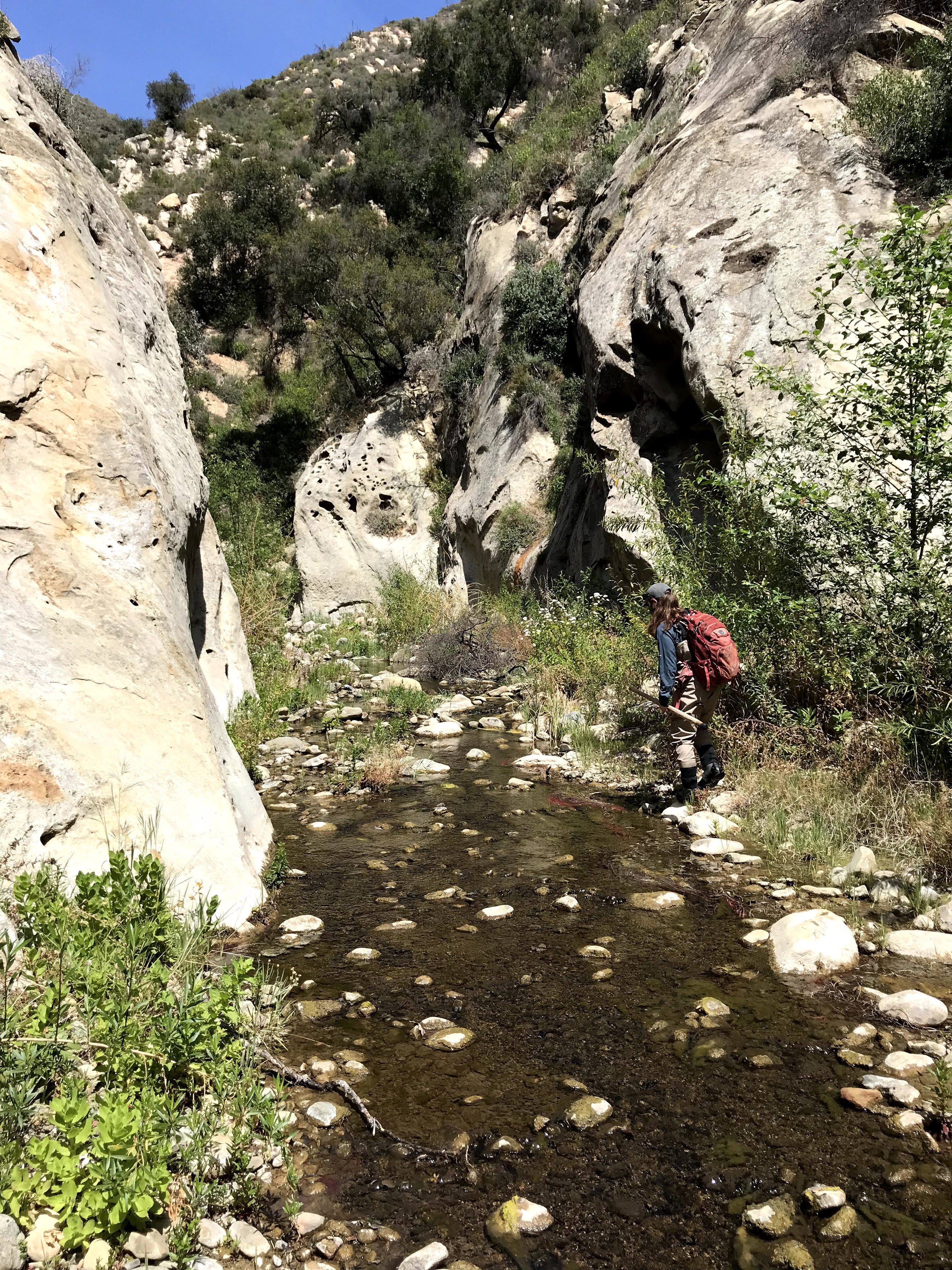
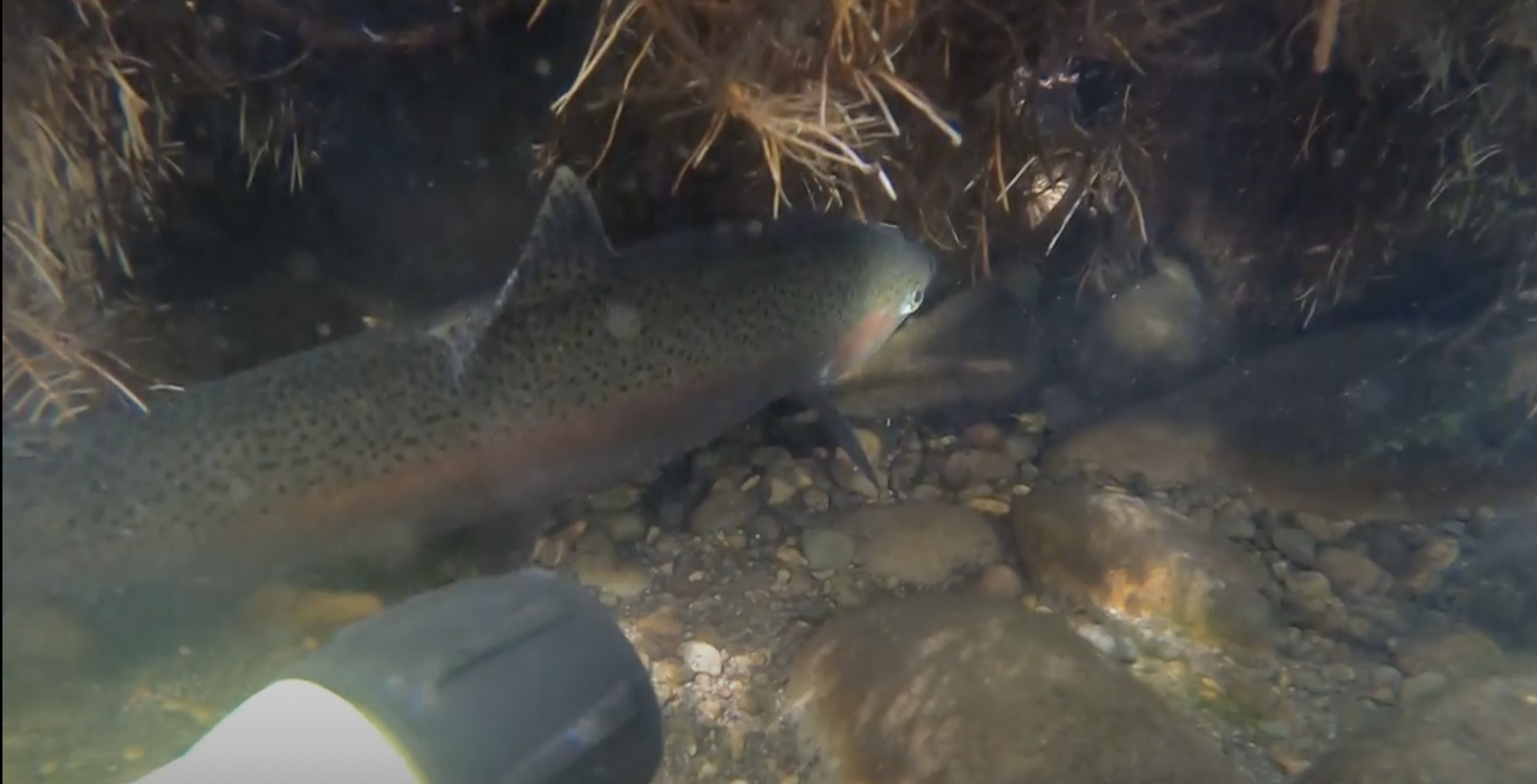
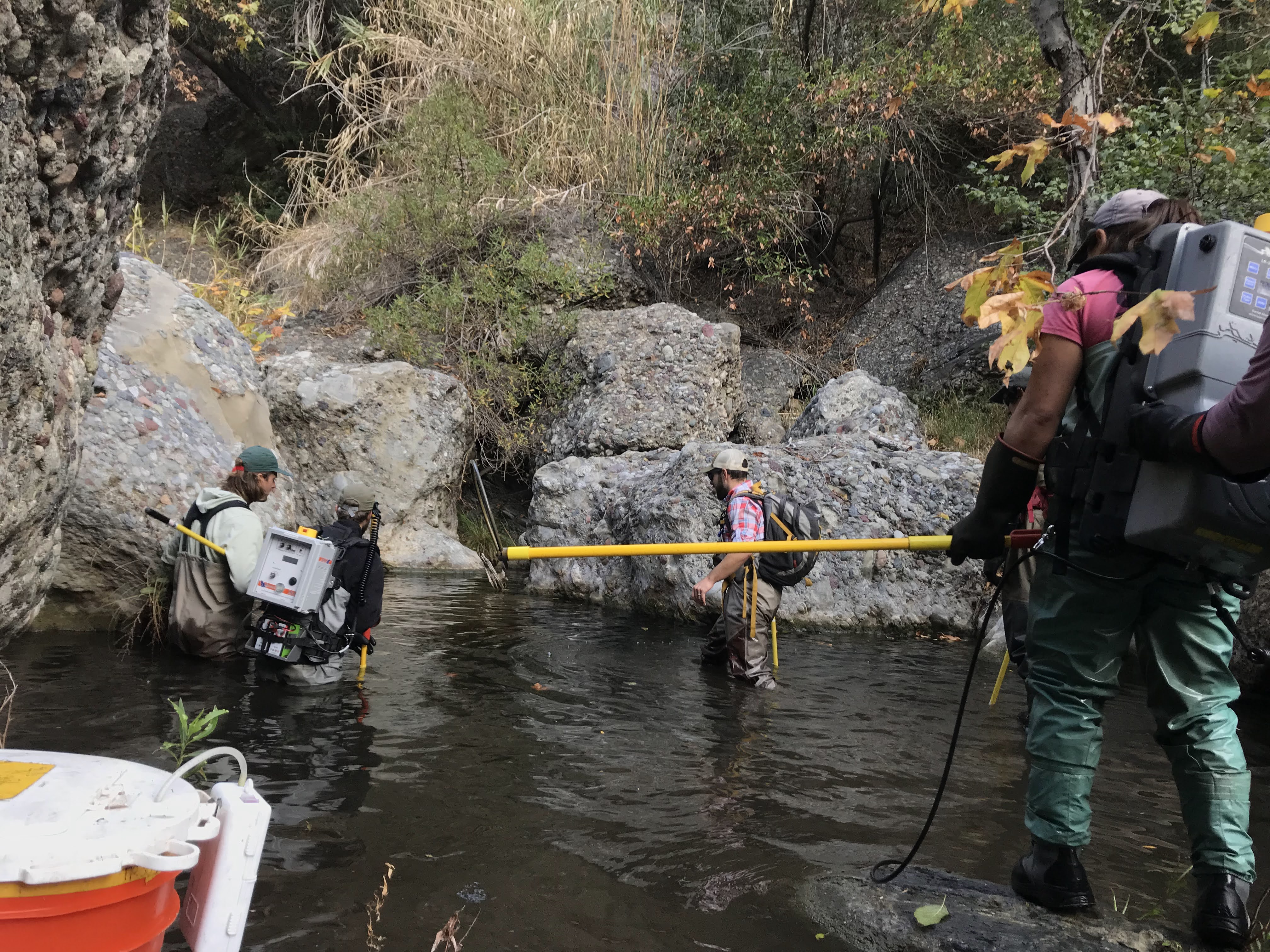
We used DIDSON underwater sonar camera technology to film our freshwater streams 24/7 to capture possible steelhead migrations. We deployed cameras in the Ventura River, Salispuedes Creek, and the Santa Ynez River. These high-tech cameras use sound waves to detect movement in the water, and it was our job to detect trout based on their silhouettes and swimming patterns in the camera footage. We reviewed sonar footage hoping to find steelhead trout migrating upstream, but mainly only recorded catfish, chub, debris, and the occassional water bird or freshwater turtle. Our crew snorkeled around the Ventura River camera to find the invasive catfish species we repeatedly saw during footage review as a celebration to the end of the field season.
On survey in Ojai, I spotted a chunky alligator lizard sunning on a stone in steelhead trout habitat in Gobernador Creek. Their long tails always made me think these individuals were snakes at first glance. In Gaviota we would frequently find native western pond turtles.

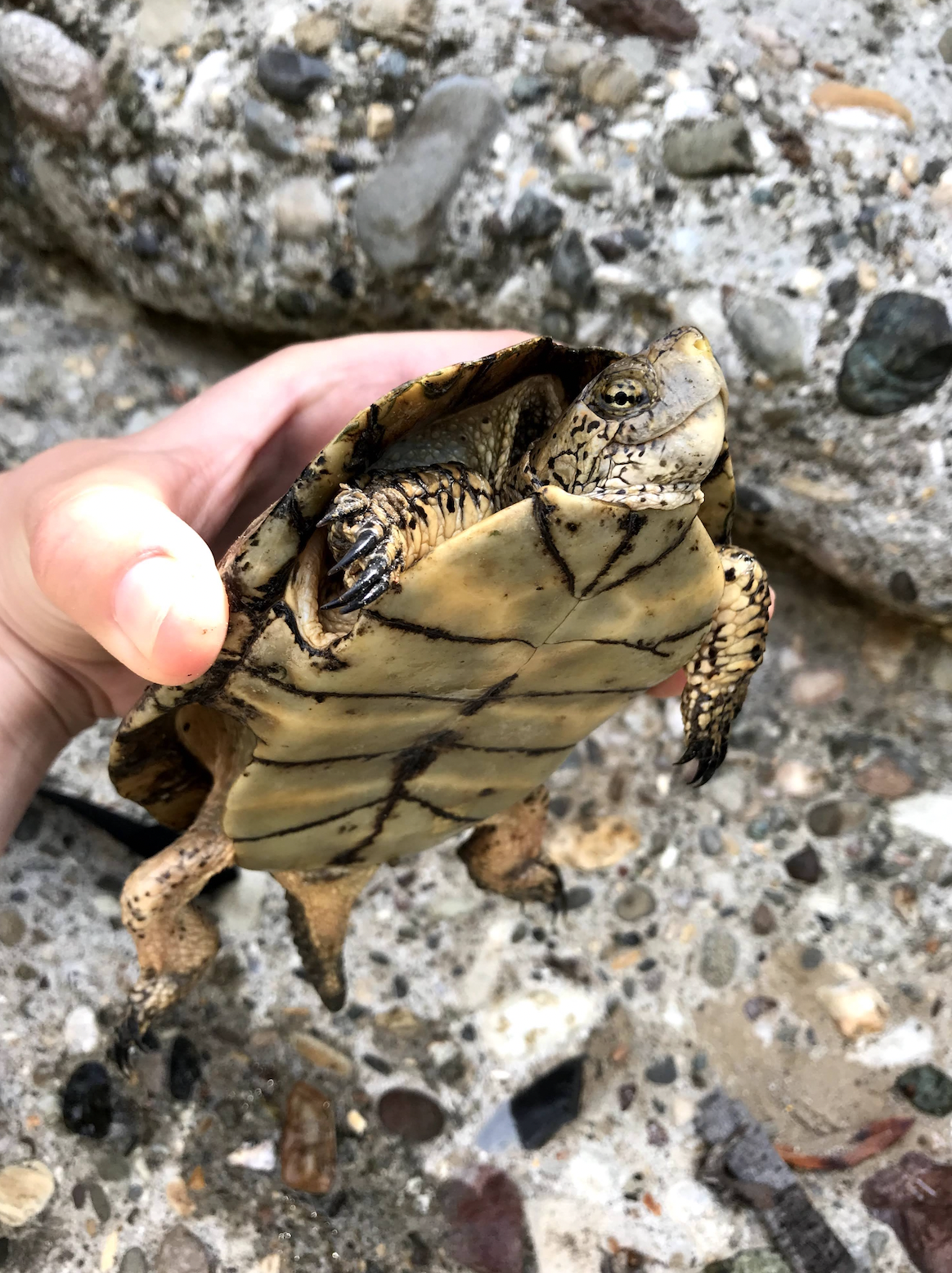
Arctic Science
My current role as a data scientist and software developer sent me to Fairbanks, Alaska to meet the end users of the datasets I help create and visualize on the Permafrost Discovery Gateway. My team and I had the opportunity to see the effects of permafrost thaw on communities and natural environments. My colleague Amelia Liberatore wrote an article about our field excursions and the future trajectory of our project: Sinking Soil, Rising Research